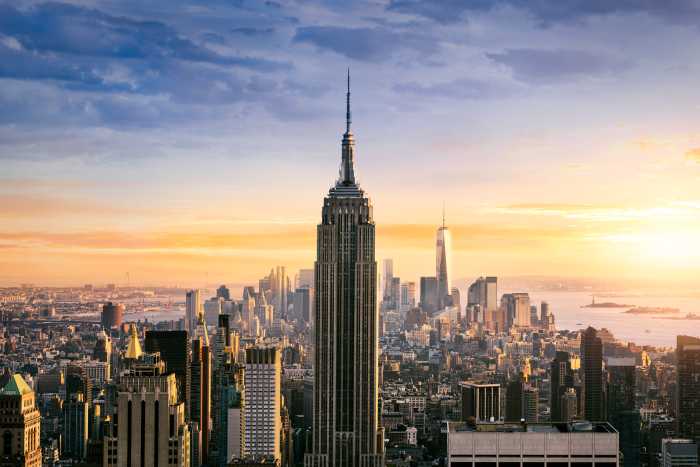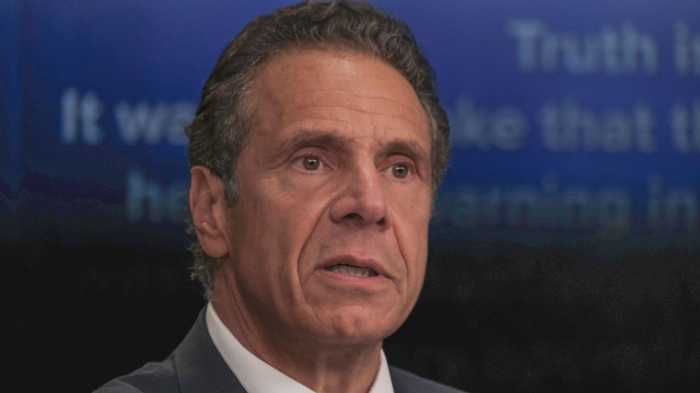COVID-19 both highlighted and exacerbated New York City’s already vast racial and economic disparities the second it started ripping through the five boroughs. Residents of Black and brown neighborhoods lost jobs, businesses, and loved ones at an unprecedented rate. And now, a year later, minority-owned businesses are proving slowest to recover, while many New Yorkers in BIPOC communities still remain jobless.
For decades, the racial wealth gap has been self-reinforcing: that inequality itself obstructs access to opportunity for Black and brown New Yorkers, and the lack of opportunity further widens the racial wealth gap. This should alarm even the most self-interested New Yorkers, because it stunts progress for the entire city.
It’s clear that real economic recovery will require meaningful support and investment in the communities disproportionately impacted by the pandemic. It also shouldn’t be forgotten that when the pandemic caused businesses to flee the city in droves, it was Black- and brown-owned businesses that remained anchored in our communities. That’s why as we look towards sustainable economic recovery, it’s essential it’s led by aggressive proactive measures to close the racial wealth gap once and for all.
In New York’s Black and brown neighborhoods, the racial wealth gap is evident everywhere. It’s the lack of affordable access to reliable high-speed internet; the lack financial and technical resources necessary for entrepreneurs to grow their small businesses; the meager government funding for schools compared to wealthier, whiter neighborhoods; and the inability of families to keep up with their rent or maintain or gain ownership of their own homes.
At LISC NYC, our underlying mission that drives everything we do is closing the racial wealth gap, and we’ve found that doing so necessitates three key elements: radical healing, inclusive economic transformation, and the development of sustainable community wealth.
Holistically addressing an injustice as pervasive as the racial wealth gap requires honestly reckoning with its root cause. The racial wealth gap is the result of decades of policy choices, and a history that has put the lives of certain citizens second to those of others, and, as such, it must be addressed systemically. That means fostering an environment that forces institutions, businesses, elected officials, and other community stakeholders to examine the role of race in everyday decision-making processes to ensure that all choices – from investing to hiring to purchasing – are made within the context of racial justice and equity.
Next, closing the racial wealth gap requires deliberate action. Economic development is crucial to helping communities grow, but advocates of economic development settle, often in very broad terms, for job creation, entrepreneurial opportunity, and improved housing outcomes – all of which are important, but when not strategically and deliberately planned as a comprehensive community development effort nor targeted specifically to Black and brown neighborhoods — rarely help to close the racial wealth gap. That’s why when we talk about economic development, it’s crucial that we talk instead about economic transformation.
From investing in broadband access in Black and brown neighborhoods who still lack access to high-speed internet, to commercial rent relief specifically targeted towards BIPOC-owned small businesses in disinvested neighborhoods, to top-down capacity-building for CBOs and non-profit organizations that help Black and brown businesses, individuals, and families, as well as immigrant and communities of color connect to the resources they need to thrive.
Finally, prioritizing sustainable wealth generation must be central to closing the racial wealth gap. Ownership and asset building have been the backbone of wealth accumulation for centuries, and Black and brown individuals have been neglected the opportunity to acquire ownership. Only when ownership can be accumulated will it be possible to entirely – and systemically – close the racial wealth gap. It is critical that real pathways are created that help Black and brown New Yorkers become homeowners and business owners to jumpstart the process of building generational wealth.
By operating our organization with these three principles in mind, we’ve been able to make our own dent in New York City’s racial wealth gap. It’s our hope that these principles applied and adopted more broadly will help close the racial wealth gap for good.
It’s no secret that the pandemic inflicted significant pain upon countless neighborhoods. Not only is closing the racial wealth gap crucial to rebuilding these communities, but it’s a truly essential part of our entire city’s true recovery.
Valerie White is the executive director of LISC NYC, one of the largest community development financial institutions dedicated to sustainable and inclusive economic development.






































